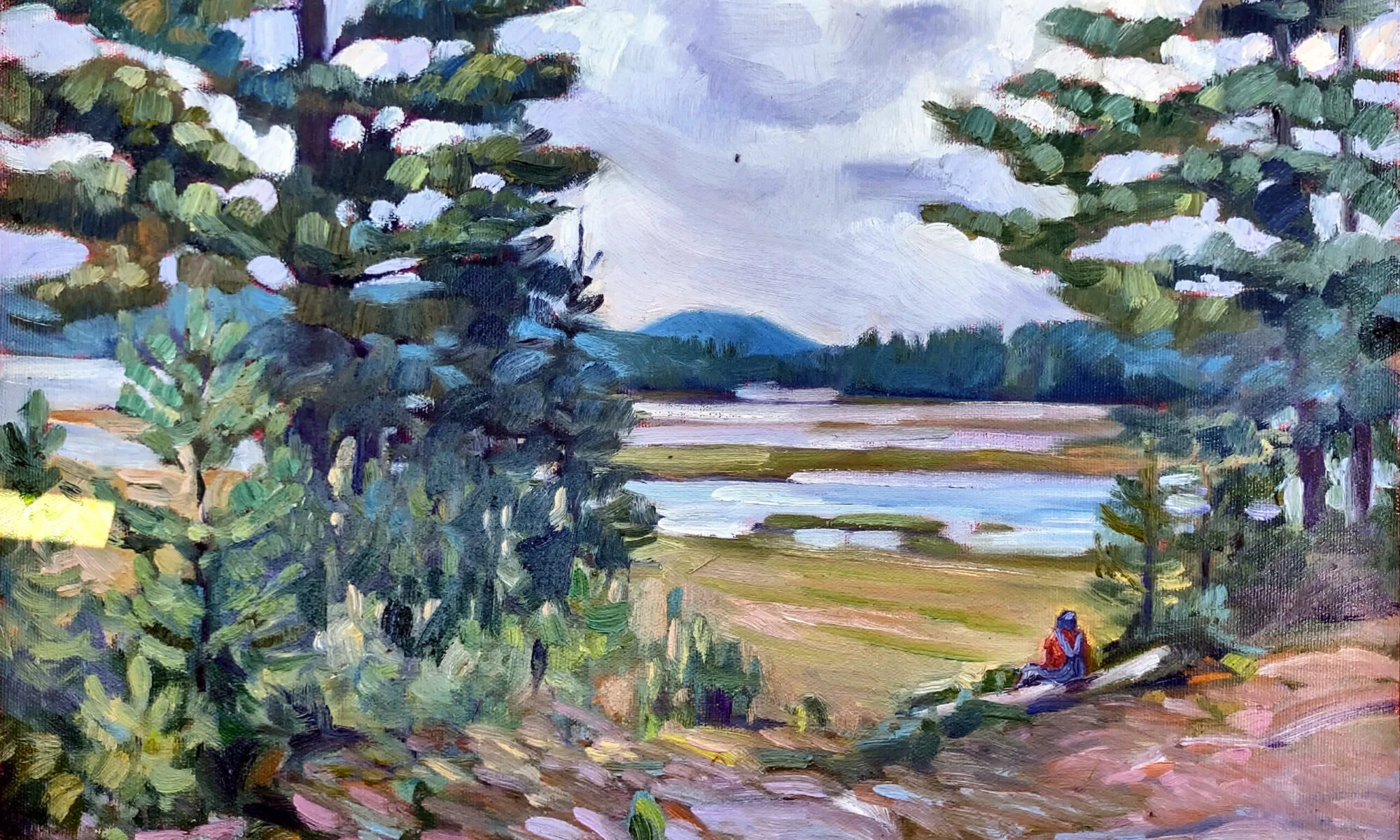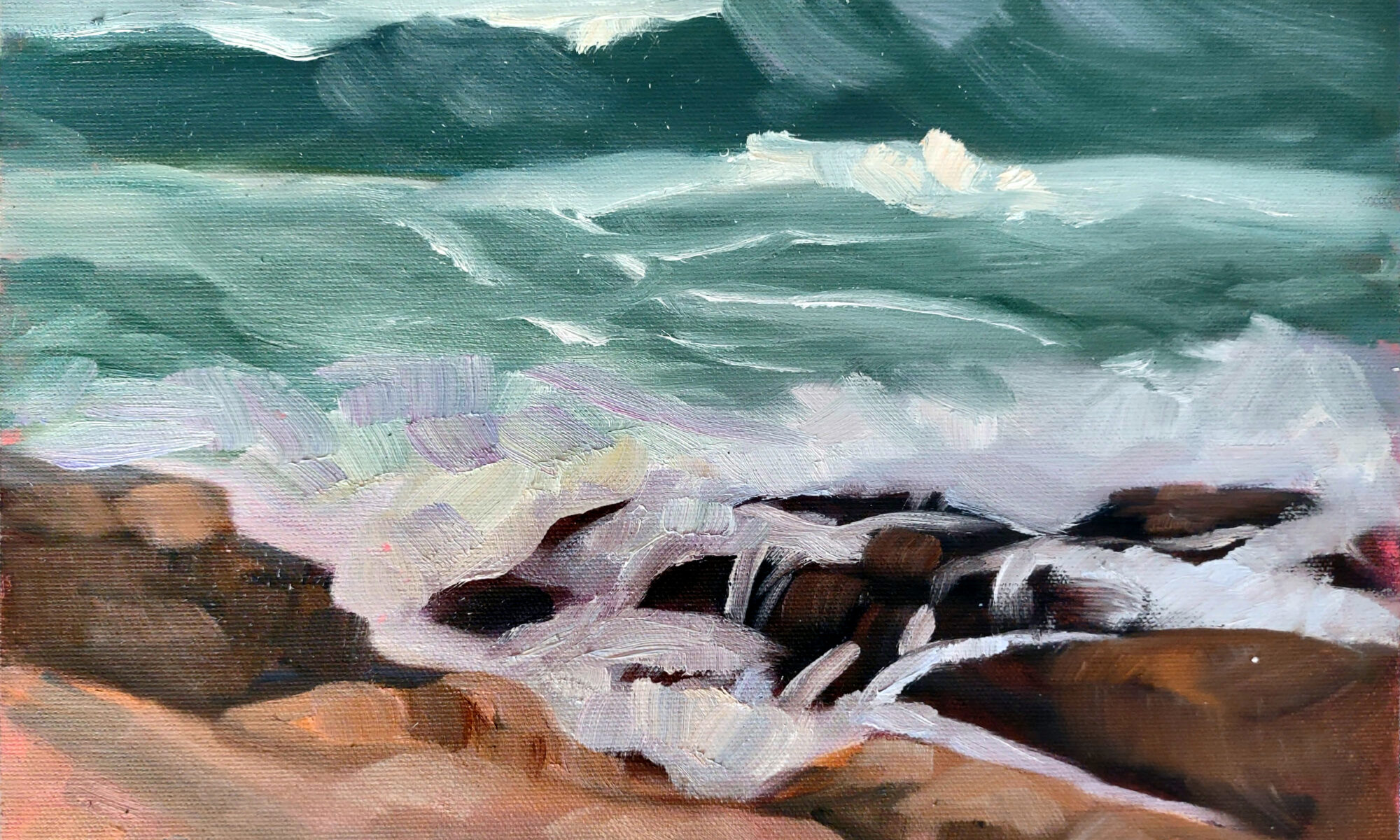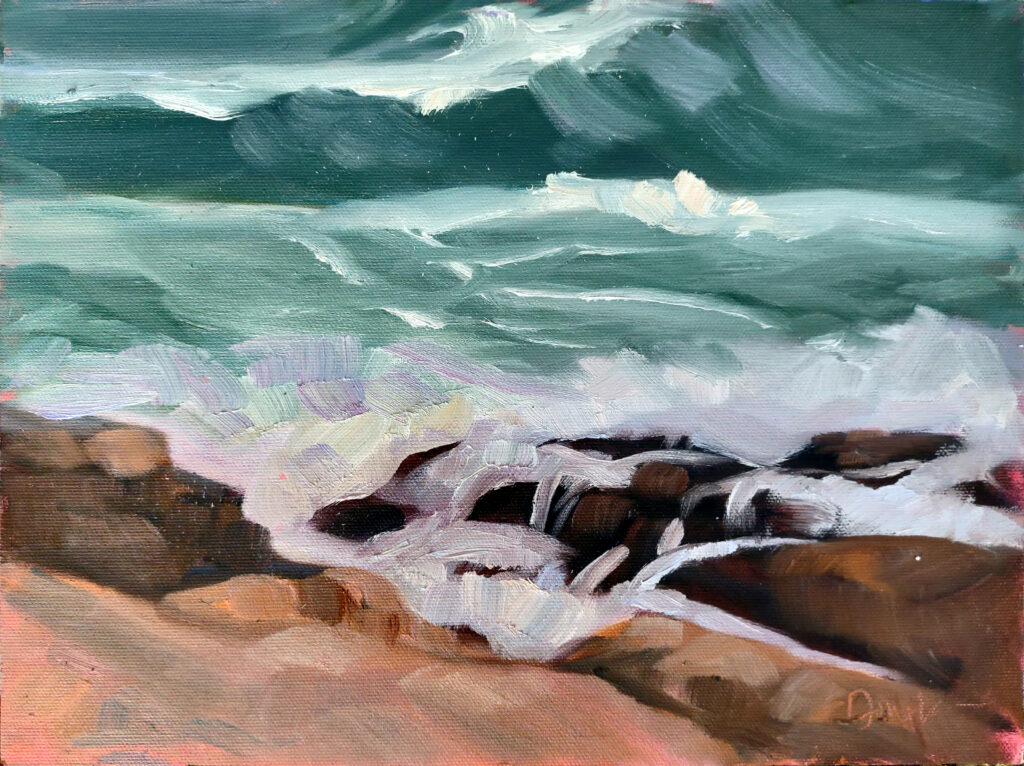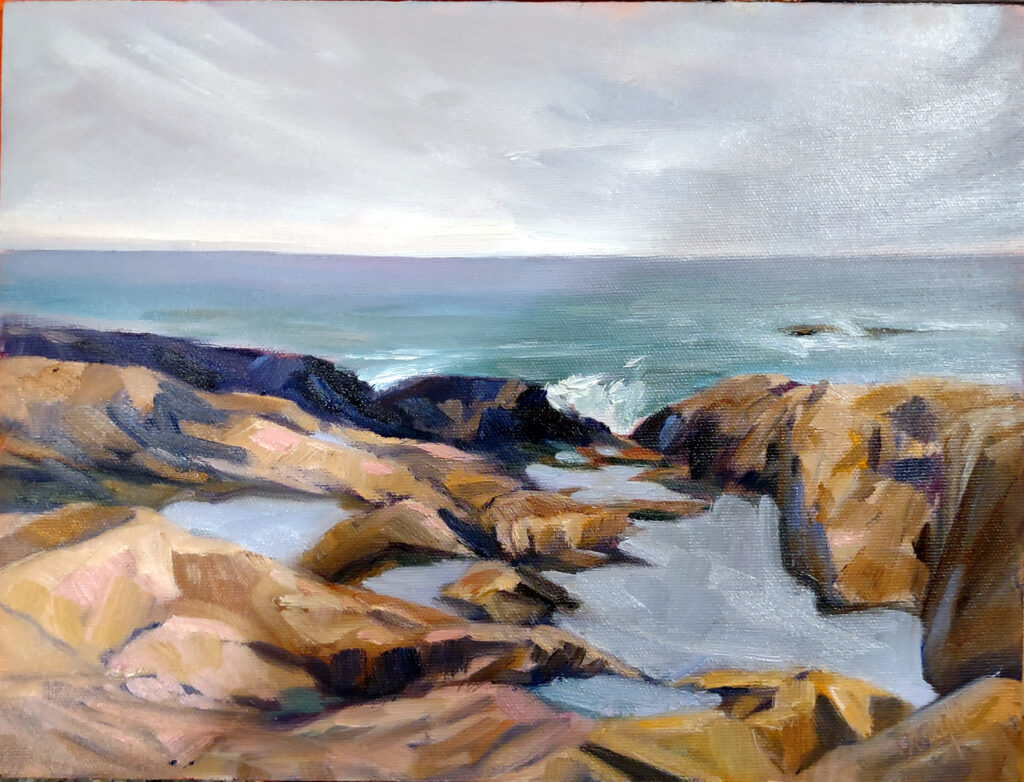Happy Dyngus Day! This marks the first real day of spring in my home city of Buffalo, where “everyone is Polish on Dyngus Day.”
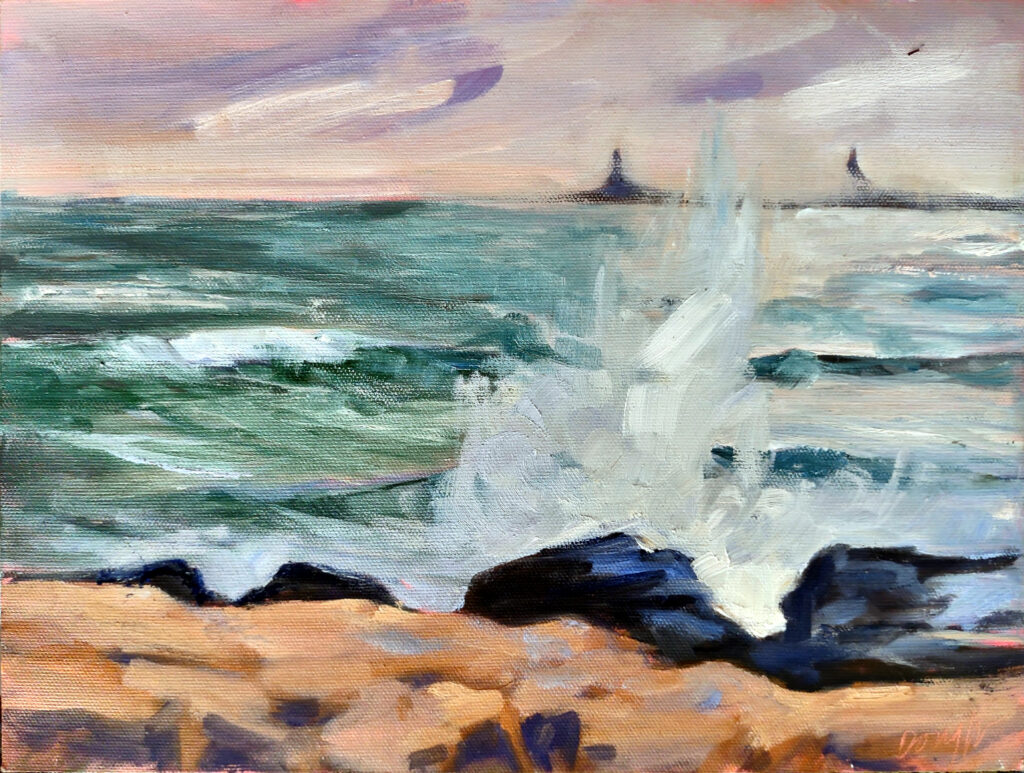
There are some fundamental principles that every painter should know. Even if you’re an experienced painter, you might benefit from reviewing these basics of painting:
Materials:
- Understand the basic differences between oil, acrylic, watercolor, gouache, oil and chalk pastels, and tempera. Know which can be used in multimedia applications such as printmaking or collage, and which will cause chemical reactions that lead to decay. Understand how your specific media works in terms of open time, opacity and blending. (And, yes, I realize I’ve never written about this, so I’ll get right on it.)
- Know how to read a paint tube and understand the difference between popular names and the pigments actually in the tube. Know the difference between what you want and what you need.
- Know what kind of brushes are appropriate for your media, and your method of painting. There is a vast range of bristle material out there, and they are suitable for specific mediums and specific methods of painting.
- Know what surfaces (supports) are suitable for your media, and what kind of sealant you need if you use an incompatible support.
- Understand the difference between medium and solvent, where each are appropriate, and how they affect viscosity, opacity and drying time.
Drawing fundamentals
- Understand how to construct shapes and turn them into 3D forms using line and modeling.
- Understand linear (drawn) and atmospheric perspective.
- Understand proportion as an element of composition and accurate drawing.
Value
- Value being the foundation of all painting, understand how to make a painting work in greyscale (grisaille) before you ever touch color.
- Understand the behavior of light as it falls on a scene or subject and creates shadows and highlights.
Color Theory
- Know the color wheel and what primary, secondary and tertiary colors are.
- Understand the distinction between warm and cool colors.
- Understand basic color schemes and harmonies like complements, triads and split complements.
- Know how to mix your own colors from split primaries instead of getting them out of a tube.
Fundamentals of composition
- Understand balance and symmetry.
- Understand focal points and how to use them to drive the viewer’s eye through the painting.
- Be familiar with compositional armatures.
- Understand rhythm and movement.
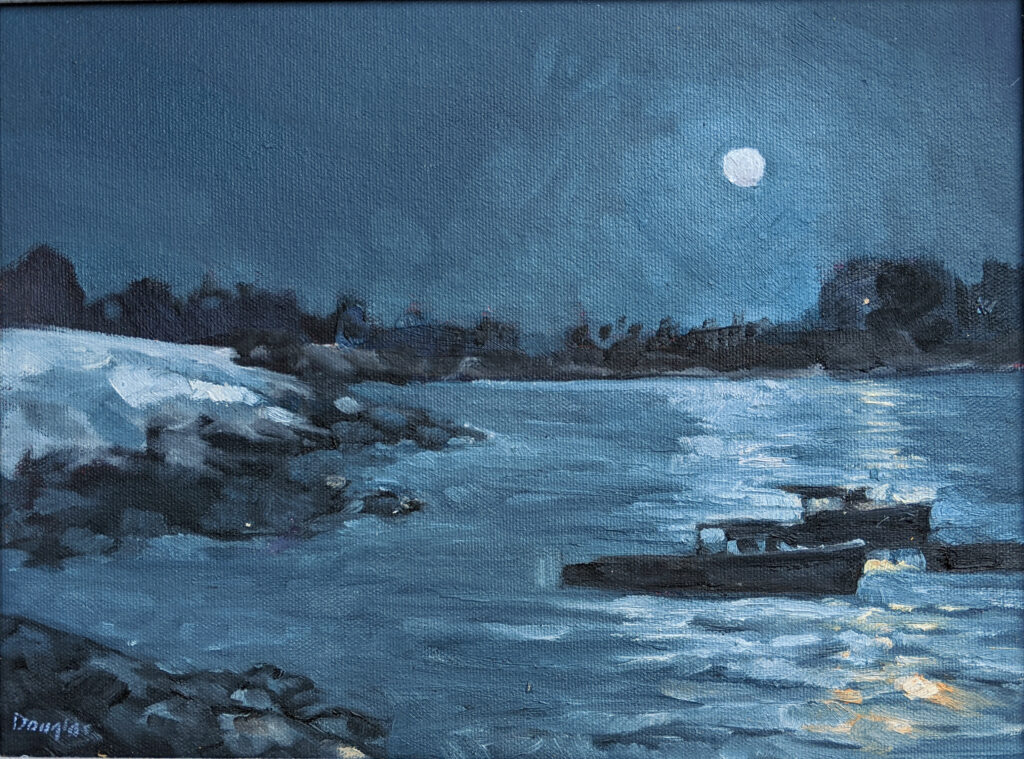
Observation and reference
- Be able to paint from life, including still life, figure and plein air.
- Know how to use references without copying blindly.
Maintenance
- If painting in oils or acrylics, clean your brushes properly after each use. If painting in watercolor, rinse your brushes thoroughly after each use, especially if painting with salt water.
- Store your materials someplace other than the back of your car (which is one of my worst habits).
If this is all review, congratulations! If not, you might consider taking one of my classes below this spring:
This spring’s painting classes
Zoom Class: Advance your painting skills
Mondays, 6 PM – 9 PM EST
April 28 to June 9
Advance your skills in oils, watercolor, gouache, acrylics and pastels with guided exercises in design, composition and execution.
This Zoom class not only has tailored instruction, it provides a supportive community where students share work and get positive feedback in an encouraging and collaborative space.
Tuesdays, 6 PM – 9 PM EST
April 29-June 10
This is a combination painting/critique class where students will take deep dives into finding their unique voices as artists, in an encouraging and collaborative space. The goal is to develop a nucleus of work as a springboard for further development.
Reserve your spot now for a workshop in 2025:
- Advanced Plein Air Painting, Rockport, ME, July 7-11, 2025.
- Sea and Sky at Acadia National Park, August 3-8, 2025.
- Find Your Authentic Voice in Plein Air, Berkshires, MA, August 11-15, 2025.
- Immersive In-Person Fall Workshop, Rockport, ME, October 6-10, 2025.
